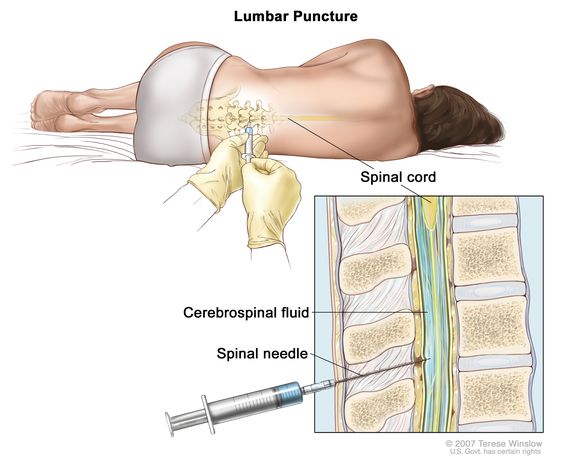A lumbar puncture, also known as a spinal tap, is a medical procedure used to collect cerebrospinal fluid (CSF) from the lower back for diagnostic or therapeutic purposes. While it is generally considered safe and minimally invasive, patients often wonder about the recovery time and what to expect during the process. Here’s a detailed overview of the typical recovery timeline, factors that can influence it, and tips for a smooth recovery at Kokilaben Hospital Mumbai.
Understanding the Lumbar Puncture Procedure
A lumbar puncture involves inserting a needle into the lumbar region of the spine, typically between the third and fourth or fourth and fifth lumbar vertebrae. The needle is used to withdraw a small amount of CSF or to administer medications. The procedure usually lasts about 30 minutes to an hour, depending on the complexity of the case and the purpose of the puncture.
Immediate Post-Procedure Period
After the lumbar puncture, patients are usually monitored for a short period to ensure there are no immediate complications. It’s common to experience some discomfort or soreness at the needle insertion site. Patients may also experience a headache, which is a common side effect.
Immediate Recovery Tips:
- Rest: After the procedure, patients are often advised to lie flat for a few hours to reduce the risk of a post-lumbar puncture headache and to allow the puncture site to start healing.
- Hydration: Drinking plenty of fluids, especially those rich in caffeine, can help alleviate headaches and support the body’s recovery process.
- Avoid Strain: Refrain from strenuous activities or heavy lifting for the first 24 hours to avoid complications.
Short-Term Recovery (First Few Days)
In the days following the lumbar puncture, most patients can return to their normal activities, but they may still experience some mild side effects. These include a headache, back pain at the puncture site, or mild discomfort in the legs.
Short-Term Recovery Tips:
- Pain Management: Over-the-counter pain relievers, such as acetaminophen or ibuprofen, can help manage discomfort. However, consult with your healthcare provider before taking any medication.
- Monitor Symptoms: Keep an eye on any symptoms such as persistent headache, nausea, or back pain. If symptoms are severe or worsening, contact your healthcare provider.
- Gradual Return to Activities: Ease back into your regular activities, paying attention to your body’s signals. Avoid high-impact or strenuous activities until you feel fully recovered.
Medium-Term Recovery (1 to 2 Weeks)
Most people recover from a lumbar puncture within a week or two. By this time, any initial discomfort should significantly diminish. Headaches, if they occurred, typically resolve within a few days, though some individuals might experience them for up to two weeks.
Medium-Term Recovery Tips:
- Follow-Up Appointments: Attend any follow-up appointments as scheduled to ensure proper recovery and to discuss the results of the procedure.
- Stay Active: Gentle exercise and stretching can help improve circulation and speed up recovery, but continue to avoid activities that might strain your back.
Long-Term Considerations
In rare cases, some individuals might experience prolonged symptoms or complications such as chronic headaches or back pain. If recovery seems prolonged or if symptoms persist beyond a few weeks, it’s important to consult with your healthcare provider.
Long-Term Recovery Tips:
- Seek Medical Advice: Persistent symptoms should be evaluated by your healthcare provider to rule out any complications.
- Healthy Lifestyle: Maintain a healthy lifestyle with regular exercise and a balanced diet to support overall spinal health.
Conclusion
Recovery from a lumbar puncture is generally straightforward, with most patients experiencing significant improvement within a few days to a week. By following post-procedure care instructions and monitoring your symptoms, you can ensure a smoother recovery process. Remember, if you have any concerns or if symptoms persist, consulting with your healthcare provider is essential for proper management and to address any potential complications.
Read More –
